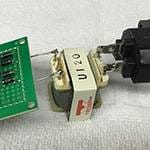From this time, we will challenge the performance of "beats."
Before that, let's review the answers to the questions from the previous blog.
If you haven't seen the previous article yet, check it out here!
→ Starting Drumming from Scratch: Basic Knowledge Edition
The question from last time was, "What kind of time signature is 6/8?"
Did you figure it out?
It refers to a time signature where each measure consists of six eighth notes.
Some might say that if you reduce it, it’s the same as 3/4 time. However, the tricky part is that the placement of accents (emphasized beats) differs, so the feel of 3/4 time and 6/8 time is different. This can be a bit confusing, so it's best to remember that they are distinct.
Now, let's get into the main topic.
First, as a supplement to the previous discussion, let's explain how to read sheet music.
A drum set consists of various drums and cymbals.
You can see the positions that indicate each part in the link below, so be sure to check it out.
→ Let's look at the sheet music and play the drums!!!
This time, I'll introduce three beats commonly heard in pop music.
1. 8-Beat

Even if you've never played the drums, many of you have probably heard of it.
It's not very difficult to play, so it's perfect for your first performance.
Using both hands and feet may seem challenging, but try hitting each beat calmly and slowly.
Practicing by changing the combinations of where you hit, such as right foot and left hand, right foot and right hand, can also be effective.
This song uses an 8-beat with a closed hi-hat.
The tempo is fast, so beginners might struggle, but if you enjoy it, why not give it a try?
When playing with an open hi-hat, the hi-hat switches to quarter notes, making it easier to play.
At that point, feel free to play with enthusiasm.
2. Dance Beat

Also known as the disco beat or four-on-the-floor.
The hi-hat plays on the off-beats, which can be challenging for beginners, but once you get the hang of it, it's a very enjoyable beat to play.
This song uses the dance beat in both the verse and the chorus.
The tempo is very fast, and the beat pattern includes sixteenth notes, but if you slow down the tempo and practice carefully, you'll eventually be able to play it.
In the dance beat, the hi-hat is often played with the pedal released, so practice moving your left foot as well. The actual movement involves both feet moving simultaneously, so practice slowly, and you should be able to play it without any problems.
3. 16-Beat

This beat mainly uses sixteenth notes, requiring you to play with both hands while moving your right hand from the hi-hat to the snare drum.
Left-handed players might instinctively start hitting the notes with their left hand, but depending on the setup, this can be very difficult. Try to practice starting with your right hand as much as possible.
This song predominantly features a 16-beat, but occasionally uses dance beats and accented 8-beats on the off-beats, making it a very challenging piece.
Not all the sixteenth notes are played, with some beats omitted, so it’s best to build a solid foundation through basic practice before tackling it.
The tempo isn't very fast, so if you play calmly, you should be able to manage it.
How was it?
This time, I introduced three beats and the songs that use each beat.
Of course, there are many other beats besides the ones introduced here.
Additionally, just beats alone might lack excitement, so next time, I’d like to talk about fill-ins based on actual songs.






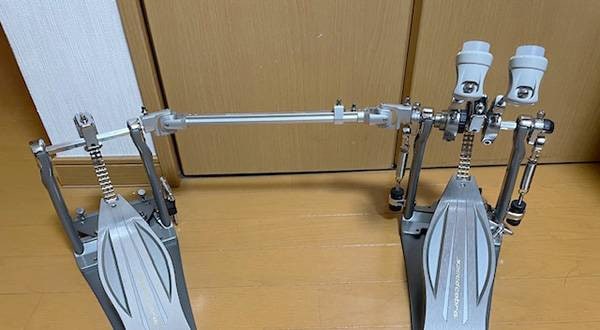
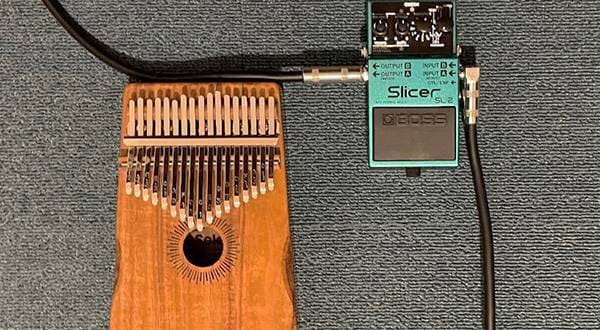
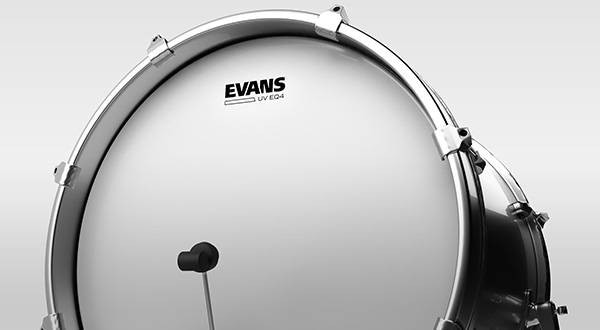
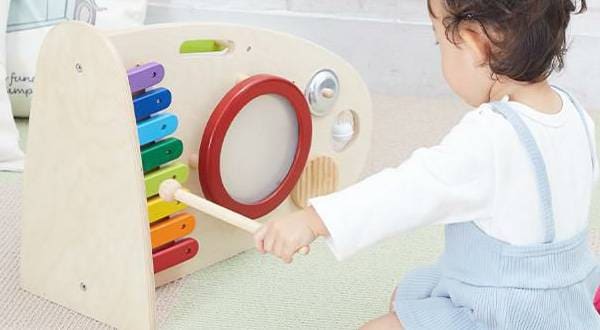
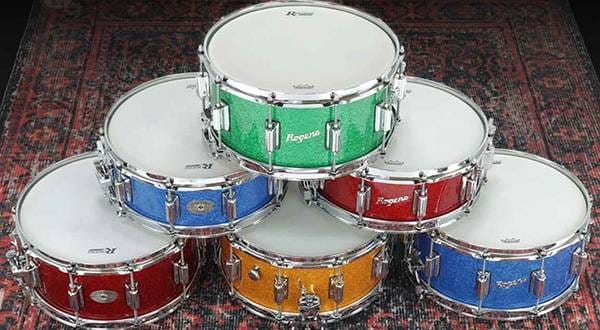
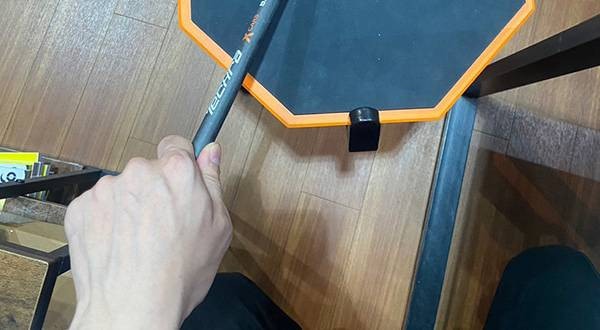

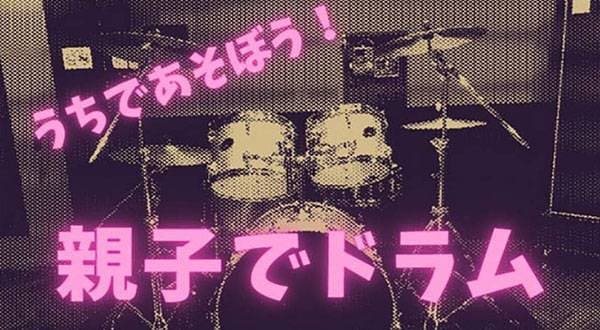

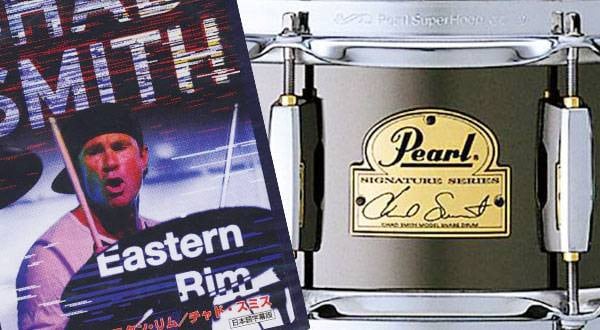
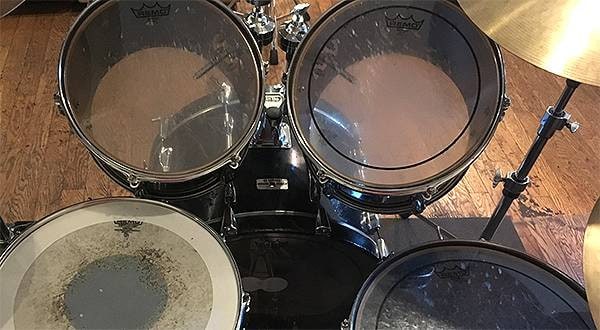
 おすすめ電子ドラムセット
おすすめ電子ドラムセット
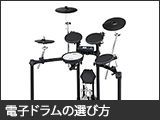 電子ドラムの選び方
電子ドラムの選び方
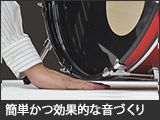 簡単かつ効果的な音づくり
簡単かつ効果的な音づくり
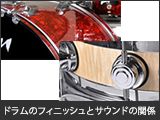 ドラムのフィニッシュとサウンドの関係性
ドラムのフィニッシュとサウンドの関係性
 基本的なドラムセット
基本的なドラムセット
 ドラム初心者講座
ドラム初心者講座


